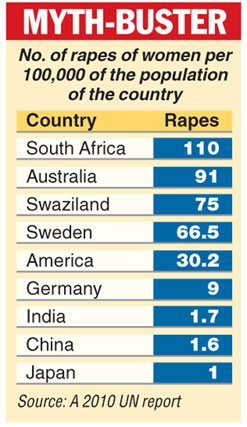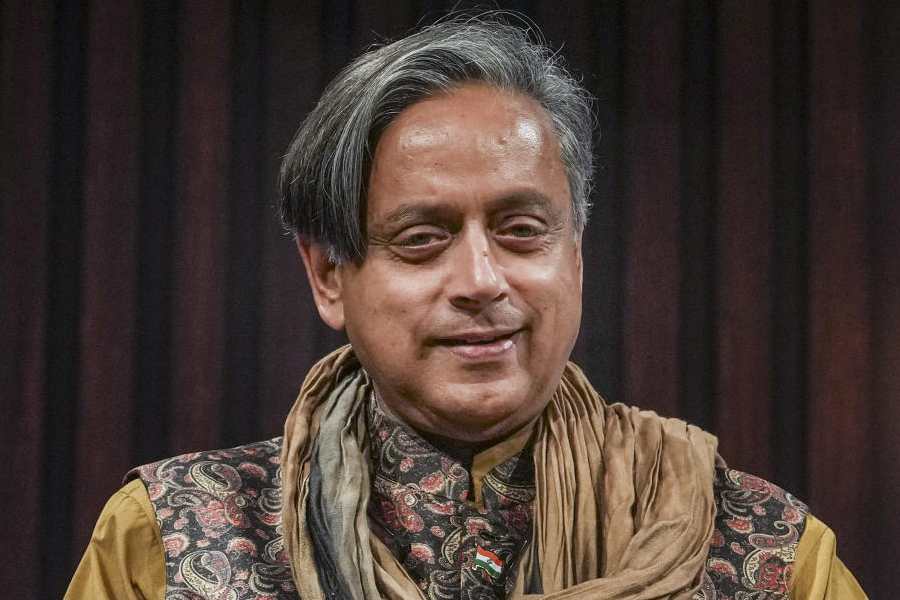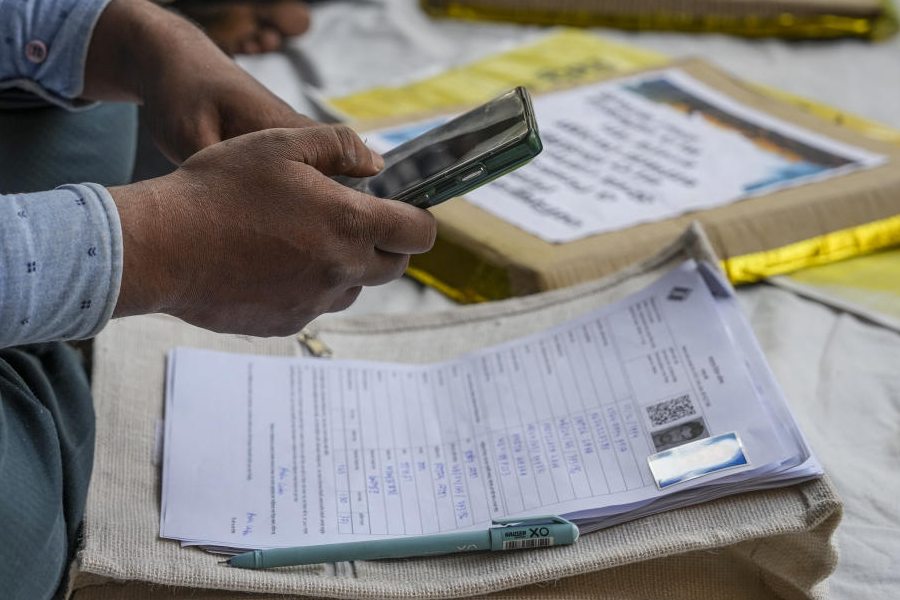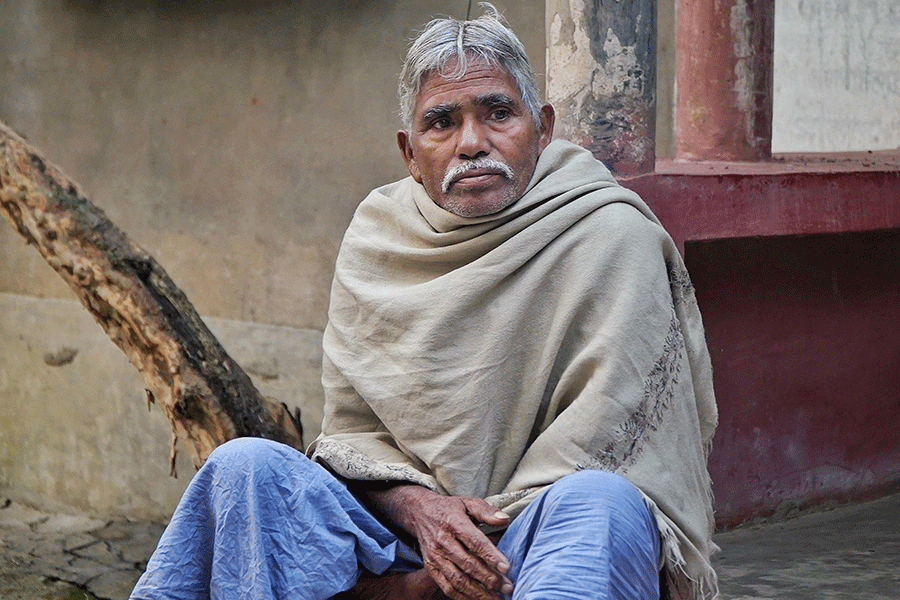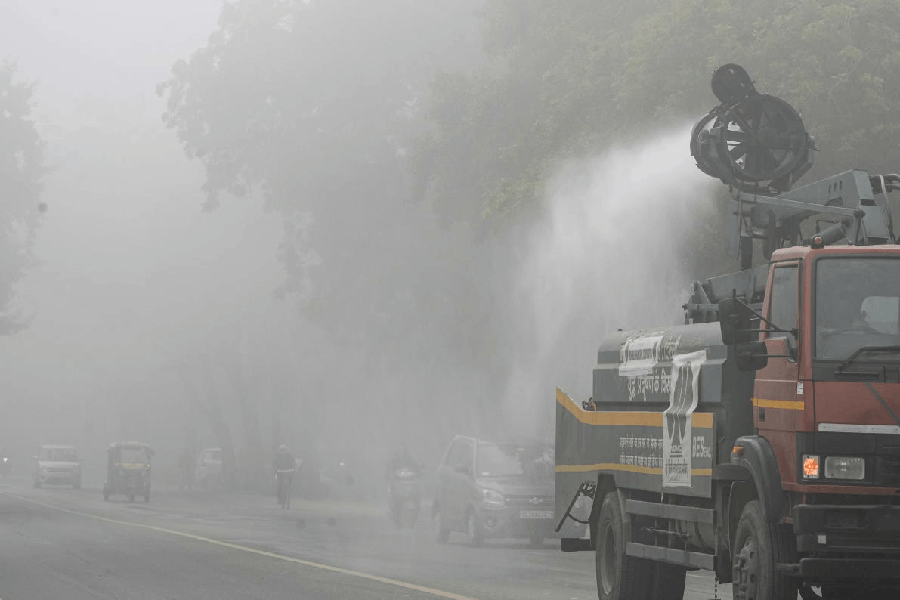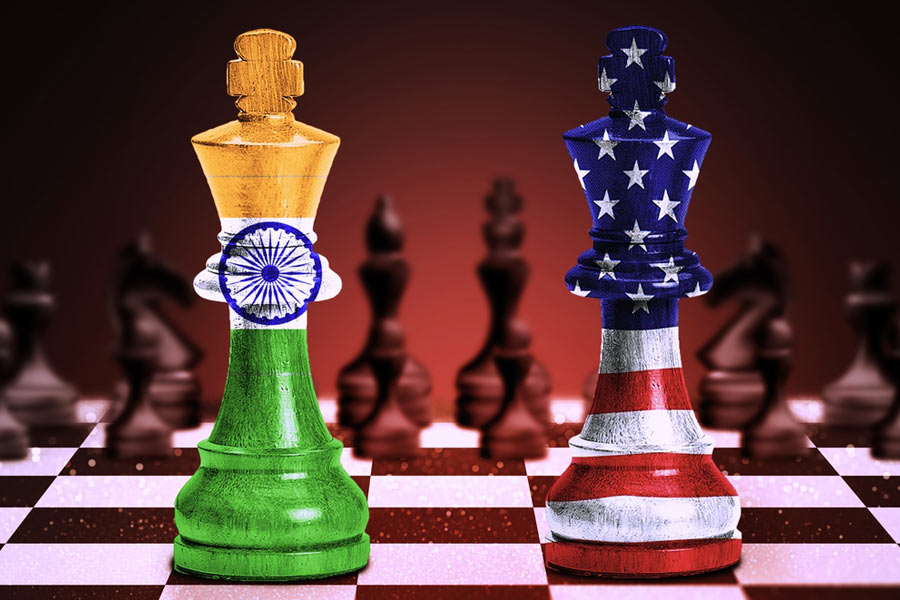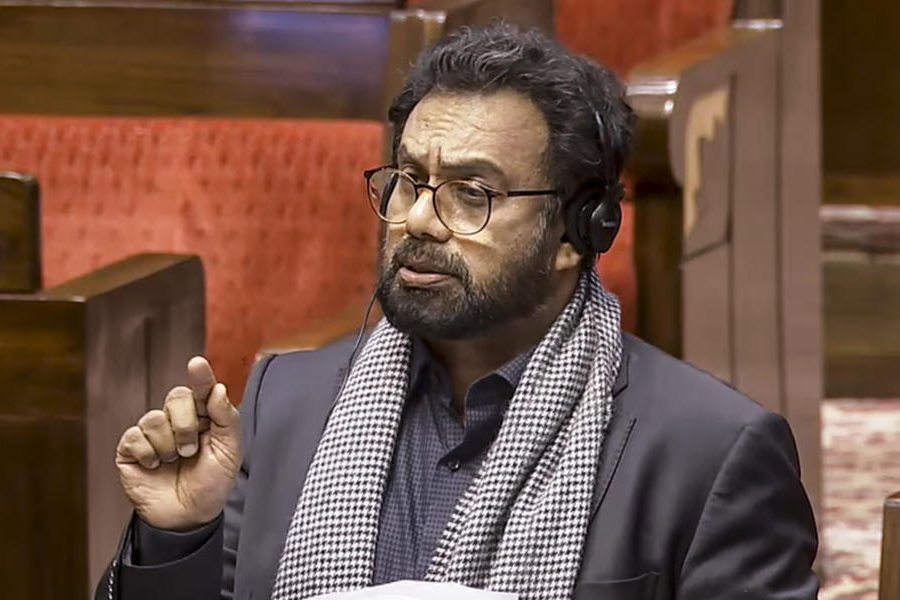New Delhi, March 9: A notion of India as a "country of rapists" has led a German professor to reject a male Indian student's internship application, but a United Nations survey suggests the label may have been unfairly stuck.
The UN report, published in 2010, implies that a German woman is five times more likely to face the threat of rape than her counterpart in India, and that the risk in America is 17 times that in India (see chart).
The survey measured the number of rapes of women per 100,000 of national populations, calling the ratio the "rape rate". The data were somewhat uneven as individual countries provided statistics for specific years ranging between 2002 and 2009.
South Africa, Australia and Swaziland topped the list; India featured towards the bottom.
The Indian figures were from 2006, years before the December 2012 gang rape heightened awareness and dramatically increased the reporting of rapes. But while it's possible that underreporting of rapes may have shown India in somewhat better light than deserved, the problem of unreliable figures is not specific to this country.
A UN study of 57 nations -developed and developing -estimated that just 11 per cent of sexual assault cases are reported globally.
Another study, carried out in 28 European countries but relating to domestic violence rather than rape, found that only 14 per cent of women reported the most serious episodes, The New York Times reported.
Researchers and experts say that violence against women is a global pandemic, with many developed countries, including the US, heading the charts.
? In January 2014, the White House released a report saying that one in five American women is raped at least once in her lifetime.
? Government data suggest a woman is raped every six minutes in the US and every 20 minutes in India, although India has four times America's population.
? A UN survey suggests that 14 per cent of Italian women have experienced attempted rape and 2.3 per cent have been raped.
Canada-based feminist writer Emer O'Toole accuses the western media of underreporting violence against women in their own countries.
"The western media often, for example, concentrates on honour killings in Pakistan, while ignoring the fact that two women are killed each week in the UK by former or current partners. The UK murders receive little media attention," she had told The Telegraph last year after the rapes and murders of two Dalit sisters in Badaun, Uttar Pradesh, came under international spotlight.

O'Toole had been one of few western columnists to criticise the widespread "demonisation" of India and Indian men after the December 2012 gang rape.
Jessica Woodhams, senior lecturer in forensic psychology at the University of Birmingham and co-author of a book on gang rape, believes that rapes in America are likely to be more violent than those in India or elsewhere.
Speaking to this newspaper after the Badaun rapes, she had cited a 2006 study of gang rapes in the US, Britain, Israel, Germany, South Korea, Australia, Spain, Norway, the Philippines, Vietnam and Zimbabwe.
"It found that cases from the US were significantly more likely to involve the use of a weapon to control and harm the victim, and multiple acts of violence, compared to the offences from other countries. They were also more likely to result in the victim's death," Woodhams said.
Savita Singh, founder-director of the School of Gender and Development Studies, IGNOU, believes that it's not Indian culture but globalisation, which has "neutralised cultural differences", that increases the risk of rape.
"With globalisation, more women are becoming educated and are going out to work," Singh said. "While this means they are more likely to be sexually abused, it also means they are more likely to report rapes and confront sexual predators."
O'Toole explained why the demonisation of India happens. "Rape, harassment, sexual violence and gendered murders affect South Asian women to a much greater degree than they affect women in Europe.... This fact is used to paint Indian culture as barbaric," she said.
"(The media) often - and there are exceptions - report statistics for rape and sexual violence in South Asian countries without offering comparative statistics for similar crimes in the West, painting violent misogyny as a cultural inevitability in South Asian cultures rather than as a product of patriarchy globally."

